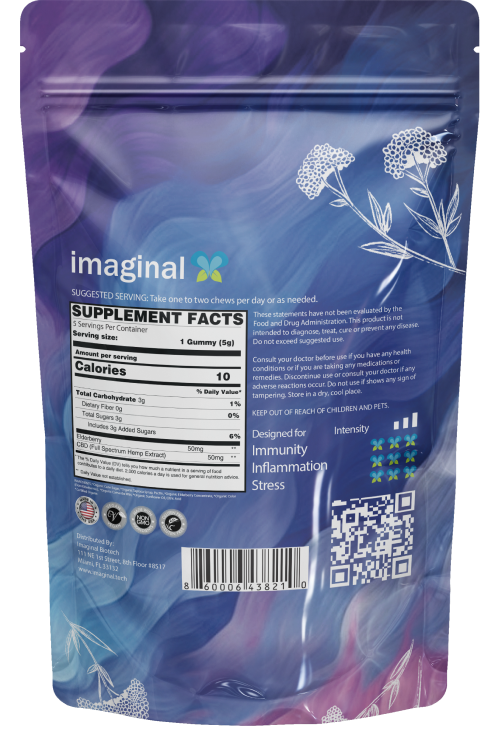Blue Lotus Smoking: Sacred Plant Medicine Guide
Discover the mystical properties of blue lotus smoking. This comprehensive guide explores the traditional uses, effects, and modern applications of this sacred flower.
Table of Contents
- Ancient Origins
- Effects and Properties
- Preparation Methods
- Traditional and Modern Uses
- Safety and Precautions
- Sourcing Quality Products
- Frequently Asked Questions
Ancient Origins
Blue lotus (Nymphaea caerulea) holds a sacred place in ancient Egyptian culture, where it was revered as a symbol of rebirth and spiritual awakening. Archaeological evidence shows it was used in religious ceremonies, artistic depictions, and daily life for its calming and consciousness-enhancing properties.
Effects and Properties
Traditional accounts and modern users report that blue lotus smoking may offer:
- Gentle relaxation and stress relief
- Enhanced dream states and lucid dreaming
- Mild euphoric and uplifting effects
- Support for meditation and spiritual practices
- Natural sleep aid without grogginess
- Aphrodisiac properties in traditional use
Preparation Methods
Blue lotus can be prepared and used in several traditional ways:
- Tea: Steep 1-2 teaspoons of dried petals in hot water for 10-15 minutes
- Smoking blend: Can be smoked alone or mixed with other herbs
- Vaporization: Vaporize at 347-392°F (175-200°C) for optimal effects
- Tincture: Alcohol-based extracts for concentrated effects
- Incense: Burn as aromatherapy for ambiance and relaxation
Traditional and Modern Uses
Throughout history and in contemporary practice, blue lotus smoking has been used for:
- Spiritual and ceremonial purposes
- Dream work and consciousness exploration
- Relaxation and stress management
- Natural sleep support
- Meditation enhancement
- Aromatherapy and mood support
Safety and Precautions
While blue lotus is generally considered safe for most people, important considerations include:
- Start with small amounts to assess individual sensitivity
- Avoid during pregnancy and breastfeeding
- May enhance the effects of alcohol or other substances
- Choose organic, pesticide-free sources when possible
- Consult healthcare providers if taking medications
Sourcing Quality Products
When selecting blue lotus products, look for:
- Organic certification and sustainable harvesting
- Proper botanical identification (Nymphaea caerulea)
- Third-party testing for contaminants
- Reputable suppliers with transparent sourcing
- Fresh, aromatic flowers with vibrant color
Frequently Asked Questions
Is blue lotus legal?
Yes, blue lotus is legal in most countries and is not classified as a controlled substance. However, regulations may vary by location.
How does blue lotus compare to other herbs?
Blue lotus offers unique gentle effects distinct from cannabis or other psychoactive plants. It's milder and more suitable for relaxation and spiritual practices.
Can I grow blue lotus myself?
Blue lotus can be grown in warm climates or greenhouse conditions. It requires aquatic or semi-aquatic growing conditions as a water lily.
Conclusion
The sacred blue lotus continues to offer its gentle gifts to modern seekers of natural wellness. Whether used for relaxation, dream work, or spiritual practice, this ancient plant medicine provides a bridge between traditional wisdom and contemporary well-being.
Disclaimer: This information is for educational purposes only. Blue lotus is not intended to diagnose, treat, cure, or prevent any disease. Consult with healthcare providers before use.



